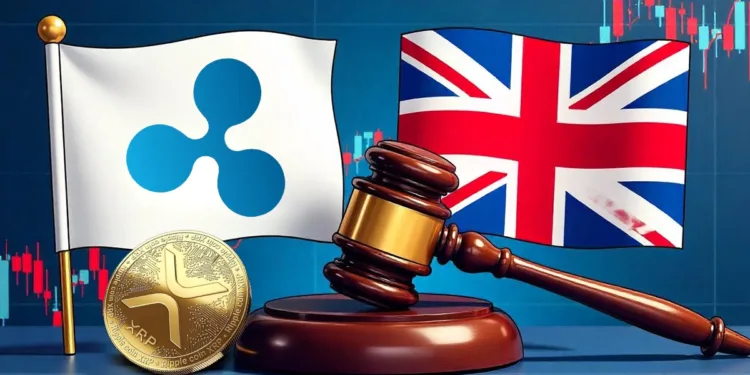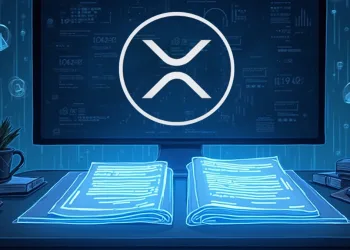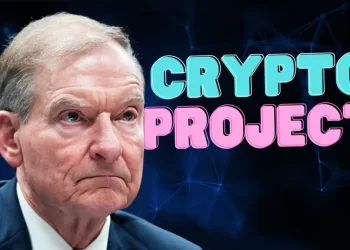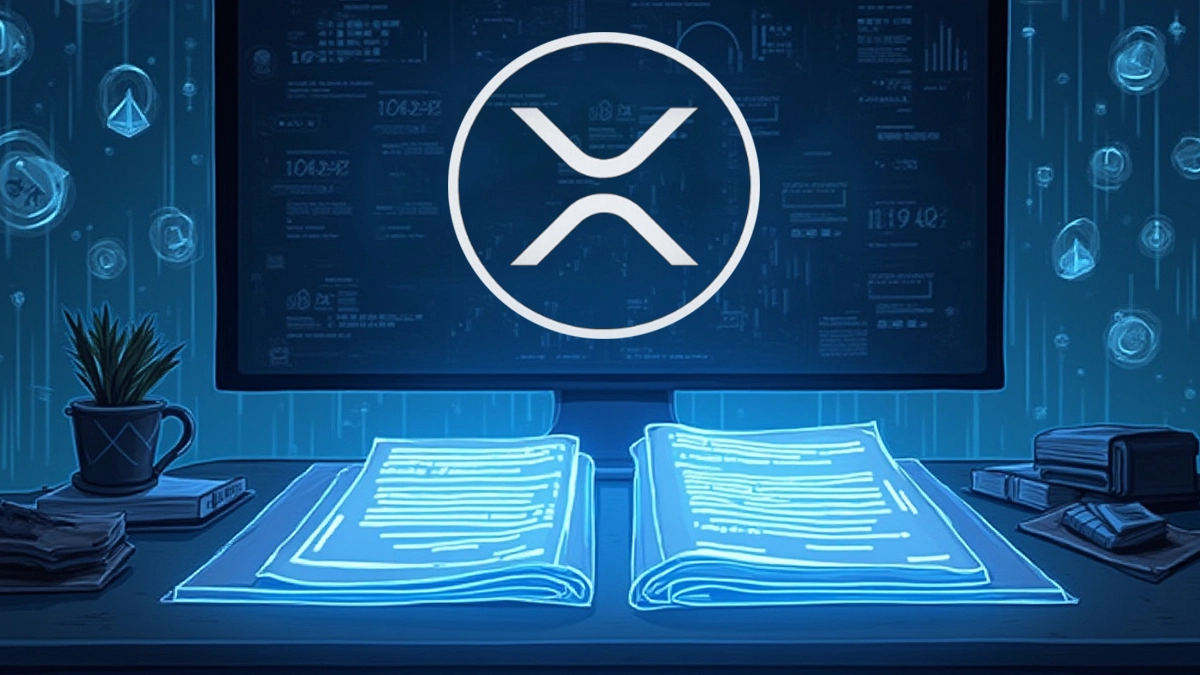- Ripple’s UK framework calls for licensing clarity and partnerships to help the UK close the global crypto regulation gap.
- XRP trades at $2.17, consolidating between $2.10–$2.60 with low volatility; RSI at 45.75 shows neutral market momentum.
- UK pilots like DIGIT and FCA’s sandbox show rising institutional interest in blockchain, backing Ripple’s regulatory push.
Ripple has introduced a regulatory framework designed to help the United Kingdom establish itself in the global digital asset market. This proposal was unveiled during the London Policy Summit, where Ripple urged UK policymakers to accelerate the development of crypto rules.
The four-point strategy includes clear licensing regimes, smart public-private partnerships, and policy clarity, aiming to close the regulatory gap with global leaders. With the UK drafting legislation and consulting on digital asset issues, Ripple is pushing for decisive action, warning that the opportunity window is narrowing fast. According to Ripple, proper regulations may influence broader market confidence and possibly support XRP’s next move.
Regulatory Drive Backed by Global Experience
Ripple’s strategy builds on its collaboration with regulators in other key regions like Singapore, Dubai, and the European Union. These markets have already rolled out structured digital asset rules, offering a reference point for the UK.
The firm’s involvement in these jurisdictions provides it with first-hand insights into designing effective frameworks. Ripple’s initiative in London shows similar efforts that shaped crypto policy in those regions.
The London event, co-hosted by Ripple, the UK Centre for Blockchain Technologies, and Innovate Finance, drew attention from lawmakers and financial industry leaders. These stakeholders reviewed the UK’s progress on crypto regulation.
This follows the recent consultations by the Financial Conduct Authority and proposals from HM Treasury. Topics under review included stablecoins, custody services, and prudential standards. Discussions also covered the UK’s role in global financial innovation through blockchain infrastructure.
Early Blockchain Pilots Show Rising Institutional Interest
Beyond regulatory talks, the UK has initiated trials in blockchain backed finance infrastructure. The government-backed DIGIT pilot, which focuses on tokenized digital bonds, is a step in that direction.
In addition, more entities are joining the Financial Conduct Authority’s Digital Securities Sandbox, indicating growing interest in tokenization from institutional players. These developments support Ripple’s view that foundational policies must now keep pace.
The combination of rising institutional participation and active policymaker involvement sets the backdrop for XRP’s current market behavior. XRP is consolidating between $2.10 and $2.60 after a strong rally late last year.
Technical indicators such as the RSI at 45.75 and a flat MACD histogram suggest sideways momentum. The trading volume is moderate at 23.25 million, suggesting a low-volatility accumulation phase.
Price Activity Reflects Regulatory Waiting Game
At the time of writing, XRP was trading at $2.17, with a narrow daily range and a 0.30% price change. The consolidation zone is intact, lacking strong momentum in either direction. RSI values under 50 and MACD lines below zero indicate weak trends, with no immediate breakout.
However, the market is awaiting a volume shift or divergence in trend indicators. A break above $2.60 may open a path to test $2.90 or higher. On the downside, a move below $2.10 could expose XRP to $1.80–$1.60 support zones.
Ripple’s regulatory push aligns closely with this technical picture. If UK regulatory momentum accelerates, the market may respond accordingly. While no direct link guarantees a breakout, the groundwork being laid could define XRP’s medium-term movement within regulated markets.













